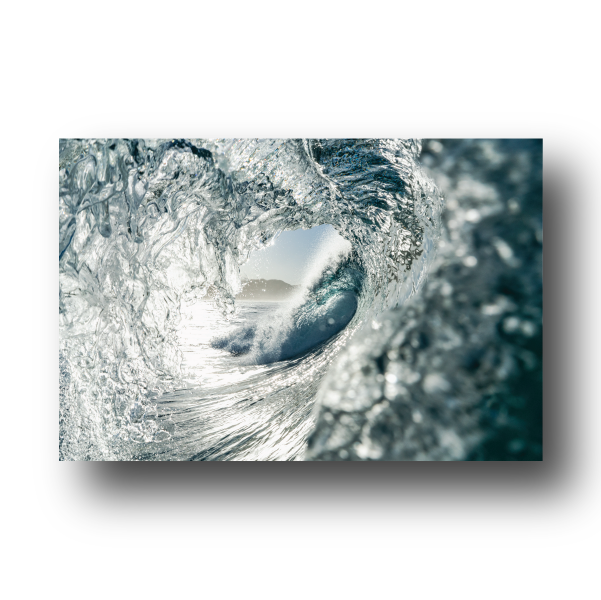Paddleboarding, also known as Stand-Up Paddleboarding (SUP), is a fantastic way to enjoy the water, get some exercise, and explore new places. For beginners, however, getting started can seem daunting. Here are the top 10 tips to help you ease into the sport and enjoy your paddleboarding experience.
Learning how to paddleboard on the clear waters of Lake Tahoe. Photo by Dalton Johnson
1. Choose the Right Equipment
The first step to successful paddleboarding is selecting the right equipment. As a beginner, you'll want to opt for a stable, all-around board that's easy to balance on. Look for a board with a wider and longer design, typically around 10-12 feet long and 30-34 inches wide. An inflatable SUP can be a great choice for beginners due to its durability and portability. Additionally, choose a paddle that is 8-10 inches taller than you for the best control.
2. Learn Basic Safety Tips
Safety should always be your top priority when starting any new water sport. Before heading out, familiarize yourself with the local regulations and weather conditions. Always wear a personal flotation device (PFD) and a leash to keep your board close if you fall off. Understanding basic self-rescue techniques and knowing how to swim are also crucial for your safety.
3. Start on Calm Waters
Beginners should start on calm, flat waters to get a feel for the board and practice their balance. Lakes, bays, and slow-moving rivers are ideal locations for your first paddleboarding adventures. Avoid windy days and areas with heavy boat traffic until you become more confident in your abilities.
4. Practice Proper Paddling Techniques
Learning proper paddling techniques is essential for an efficient and enjoyable experience. Here are a few key points to remember:
Hold the paddle with one hand on the top grip and the other about halfway down the shaft.
Keep your arms straight and use your core muscles to power your strokes.
Reach forward and submerge the paddle blade fully in the water before pulling it back towards your feet.
Alternate sides to maintain a straight course.
5. Master the Stance
Your stance on the board greatly affects your stability and control. Start by kneeling on the board to get a feel for it. Once you're comfortable, stand up one foot at a time, keeping your feet parallel, about hip-width apart. Bend your knees slightly and keep your back straight. Look ahead rather than down at your feet to maintain balance.
6. Take a Lesson or Join a Group
Taking a lesson from a certified instructor can accelerate your learning process. They can provide personalized tips and correct any mistakes you might be making. Additionally, joining a local paddleboarding group or club can be a great way to meet fellow enthusiasts, gain insights, and stay motivated.
7. Be Prepared for Falls
Falling off the board is a natural part of learning and nothing to be ashamed of. When you fall, try to fall away from the board to avoid injury. Practice climbing back onto the board in calm conditions so you'll be prepared if it happens in deeper water. Remember, each fall is a learning opportunity.
8. Dress Appropriately
Wearing the right clothing can make a big difference in your comfort level. In warmer climates, a swimsuit or board shorts with a UV-protective shirt is sufficient. In colder waters, consider wearing a wetsuit or drysuit to keep warm. Don’t forget a hat, sunglasses, and sunscreen to protect yourself from the sun.
9. Understand Wind and Current Effects
Wind and currents can significantly impact your paddleboarding experience. Always start your session paddling into the wind or current, so it’s easier to return to your starting point when you’re tired. Pay attention to the weather forecast and avoid going out in strong winds or stormy conditions.
10. Enjoy the Journey
Paddleboarding is not just about getting from point A to point B; it's about enjoying the journey. Take time to appreciate the natural surroundings, watch for wildlife, and relax on the water. As you become more comfortable, try different styles of paddleboarding such as yoga, fishing, or even surfing small waves.
Paddleboarding at sunset in Baja’s Conception Bay. Photo by Dalton Johnson
Paddleboarding is a rewarding activity that offers both physical and mental benefits. By following these top 10 tips, beginners can start their paddleboarding journey with confidence and enjoyment. Remember to choose the right equipment, prioritize safety, and practice regularly. With time and experience, you'll become more skilled and adventurous in your SUP pursuits.








